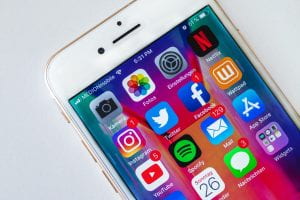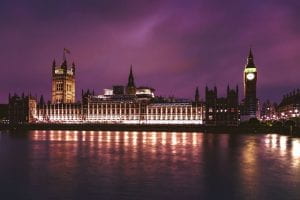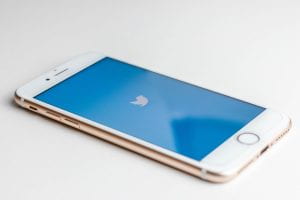Travel destinations across the world must compete in the global tourism industry in order to maintain their attractiveness. Destination authorities and national Governments must work together to promote a positive image of their location in a way that will be attractive to tourists. This is called destination marketing.
For this end, the digital media is a key tool.
To start with, people love to share their experiences of new destinations online, either via Facebook or Instagram, or even by travel vlogging on YouTube. Where a 500-word travel review could be dull and boring, a fully HD video of that lesser known city in South America can be enough for someone to make the trip.
Furthermore, travellers are increasingly turning to social networks for support when planning their next adventure.
But it is not just the travellers themselves who are benefitting from destination marketing. Lesser known destinations are feeling the benefit too. As an individual gets older, they are more likely to look for a travel destination which can help them to improve their knowledge or understanding of issues outside their usual environment (Bongkoo, 2001).
Destination marketing therefore has the potential to improve the life of local communities, promote sustainable development, and preserving local resources (Manete, 2009).
Globally, tourism gives the largest economic boost to Spain, where over 11 per cent of its GDP comes from the industry. At the other end of the scale, in Paraguay, for example, only 1.73 per cent of GDP comes from tourism (The Telegraph, 2018)
The Government of Paraguay has noted that more must be done to bring tourists to their country, however little has been done to do so and no official tourist board currently exists.
Uniting Travel, a strategic action group, estimates that 100 million new jobs could be created in the travel and tourism sector by 2028, with more than half of these in the Asia Pacific region (ICAO, 2018). Public relations practitioners can play a vital role in making this happen.
In the same way in which they can help tackle the digital divide, PR practitioners may represent a bridge towards change. If they can change the public’s opinion of a destination, especially those places where tourists less frequently visit, they will in turn support local economies around the world. This will ultimately lead to millions of people in developing economies being better off than they are currently.
References
Bongkoo, L. (2001). ‘Considerations in developing marketing plan for cultural tourism utilizing a community’s cultural resources.’
ICAO (2018). Travel & Tourism: A Force for Good in the World.
Manente, M. (2009). ‘Destination management and economic background: defining and monitoring local tourist destination.’ Enzo Paci Papers on Measuring the Economic Significance of Tourism, Vol.6, pages 363 to 384.
The Telegraph (2018). The countries that rely most on your money.





